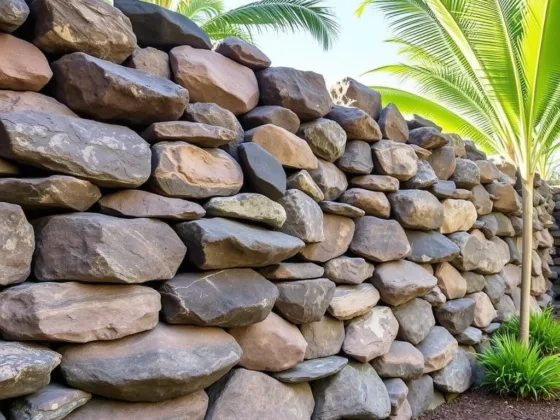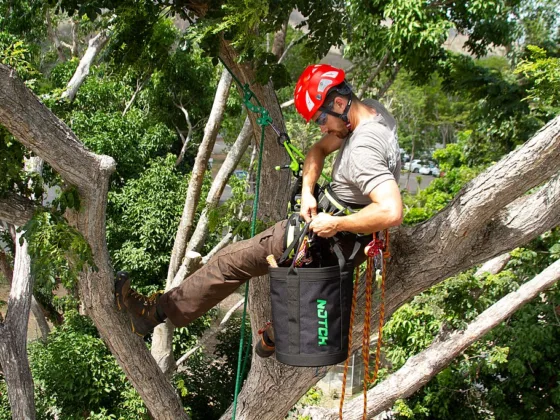Table of Contents Show
Trees are undoubtedly an added benefit to the property. Maintaining them means maintaining your property.
Healthy and beautiful trees create the perfect backdrop for garden parties and treehouses. Whereas tree trimming helps protect the property, the overall health of the tree, and its beauty.

People follow different practices when it comes to tree trimming. Landscaping and the restriction to visual access are the main reasons why people engage in this process. No matter what level of gardening skills you possess, trimming is an easy enough task. Whether you are a rookie or gardening expert, according to https://www.thelocaltreeexperts.com/tx/austin/, here’s everything you need to know about trimming your trees.
Read Also:
- Why Do You Need to Opt-in for a Professional Tree Trimming and Removal Service?
- Tree Pruning and Trimming: An Integral Part of Professional Tree Care in Australia
- Tips and Tricks: How to Take Care of Your Trees
- Hiring a Tree Service May Prove to be a Stress-Free Experience for You
- How to Trim Really Tall Trees?
What is Tree Trimming?
Tree trimming is the selective cutting of parts of your trees and shrubs. Often described as pruning as well, this landscaping technique has benefits like:
- Aesthetics: Proper trimming of shrubs and trees promotes growth and gives vibrant colors to flowers. It makes the trees appear neat and well maintained.
- Safety: Trimming eliminates the dead and low-growing branches that are hazardous to pedestrians. It also creates and encourages a strong tree structure.
- Health: Removing the dead and diseased branches prevent the spread of diseases to the healthier parts. It also keeps away insects and pests. Moreover, trimming reduces the excess weight carried by the tree.
- Visual access: Eliminating selective branches brings in more sunlight and improves the view as well.
What are the Different Types of Tree Trimming?
Tree trimming specialist in Houston explains, there are proper tree trimming techniques that help in getting specific results. These techniques are applied based on species and the present health of the trees.
- Maintenance trimming: Done to remove the dead, dying, or infected branches. Also used to remove branches that are crossed.
- Fine tree-trimming: Done on smaller or younger trees, this technique separates dead wood and smaller branches.
- Cut back: Branches are cut back from where they are close to structures like lights, sidewalks, and buildings.
- Hazard reduction trimming: Method used to eliminate deadwood that poses a threat to pedestrians.
- Vista tree-trimming: Employed to remove branches of the tree that are blocking the view. This is done without actually injuring the tree.
- Crown raising: It is the selective picking off of the lower parts that are too close to driveways and parking areas.
- Crown reduction: Less than ⅓ of the tree is trimmed for the purpose of shaping.
- Tree topping: This is an incorrect way of trimming which extricates large portions of the branches or the whole treetops.
Dos and Don’ts of Tree Trimming
Not all trees are the same so it is integral to consider the individual characteristics of your tree before trimming. The desired change and the health of the tree should be the main sources of concern before you start to chop.
- Avoid tree topping as much as possible. This is a harmful way of trimming that leads to starvation, weak limbs, and uncontrolled growth of the trees.
- Flush cuts involve cutting the branches too close to the trunk. This technique leads to decay and damages the trunk.
- The correct way of cutting is made just outside the branch collar where the branches are naturally shed.
- Properly trimming leaves with no jagged ends or damaged barks. The trimmed region should look smooth and natural.
- Improper trimming leads to pest infestation and decay.
How Often Should the Trees be Trimmed?
It is recommended to trim the trees during the dormant season, once a year. The timings can change depending on the species but usually, it is done during the winter. However, these are a few situations that warrant trimming.
- Obstruction of paths and roads by low-growing branches.
- Interference of the tree’s limbs with power lines.
- A threat to the structures standing close to the tree.
You can trim your trees as and when you see a diseased branch or an unhealthy one.
Safety During Tree Trimming
Personal safety is of utmost priority while cutting trees. Listing for professional help is in your best interest. If you choose to take this task upon yourself, be mindful of the following things:
- Handle your tools with care. Whether you use the shears or the power tools, be careful. Most importantly, use protective gear.
- Make sure that you and the ladder do not come in proximity to the power lines.
- Take a look at a sizing guide to determine whether you can proceed with your trimming. Think twice before starting to chop the branches that are larger than 2 to 4 inches in diameter. Contact an arborist for the larger branches.
Conclusion
Regular and timely trimming can boost the growth of your trees. Tree trimming assures that your yard does not pose a threat to anyone and that the spread of diseases can be controlled. It also keeps your yard gorgeous and your trees the healthiest.









